When deciding how to paint your home’s interior walls, the variety of finishes available can…

Interview With Nick Sunderland – NSI Design
Hello! Can you tell us about yourself?
I’m Nick Sunderland and I’m the owner of NSI Design. We are an interior Design Company based in Kent and London. We have been operating for over 25 years trading as Nicholas Sunderland Interiors (NSI). We specialise in High End Residential as well as some Barristers chambers and charities on the commercial side.
My business grew from Barristers Chambers and then private clients in Pakistan, Dubai, and New York, before I focused more on UK based clients mainly in the South East.
What’s your backstory and what attracted you to design?
I trained originally as a Graphic Designer, working for such Clients as BMW, Akai, and WH Smith. In the early 80s I worked for Wunderman Worldwide, part of the Young and Rubicam Group.
It was there my interest in Interior Design developed as I became involved in the redesign of the 4th Floor of Greater London House. Whilst not technically qualified at this stage, my input on the overall look, space planning, and finish, was very much requested. We grew the space from 36 individuals to 112, and my interest was firmly entrenched in my design development.
During the 90s I moved into Publishing, working on Consumer magazines, and working closely with advertisers and editorial. My projects enabled me to build up knowledge of suppliers, as well as trends in consumer spending on homes.
I was asked by another publisher to develop a magazine on Interior Design for the home using Feng Shui, an interest of mine at the time, but with little UK knowledge available, it was a slow learning process. There was no Internet then!
The magazine was a western approach to Interior Design using subtle Feng Shui influences, and Feng Shui For Modern Living was published world wide with an ABC rating of 123,000 from issue one. My Feng Shui training grew rapidly along side my Interior Design Knowledge, dealing with KLC and Regent Academy.
My reputation spread, and I was soon designing homes in London on these principles. Before long I was being commissioned in Pakistan and Dubai for leading figures in politics and finance.
Whilst my first project in London was for The High Commissioner for Pakistan, and then the Former Prime Minister, not all my projects were for such High Profile individuals, but my ability to create stylish comfortable homes to live in was much sought after.
What do you love most about designing?
I was always creative as a child, and focused more on art than science, a natural in that respect. An art Degree in Graphic design was my focus at the time, it seemed sensible. Interior Design was not widely discussed and Architecture didn’t appeal.
Whilst working for good companies, being a board Director at Wunderman, and other advertising agencies I was involved in developing the advertising business, but my heart wasn’t in it.
When I moved into Interior Design I experienced a huge change in my overall design enjoyment. Pleasing individual clients and seeing the joy in the spaces I created for them was an exhilarating experience for me. What Í love most is the ability to create something new every time.
All briefs are unique, and whilst a client will seek me out from my website or from a referral, the look they want needs to be individual, and that’s what I crave, fresh new challenges.
Who, for you, has been the most influential designer/designers?
There are so many Interior Designers out there now, and the influence of television design shows and magazines have grown rapidly, but not always for good reasons. The internet changed things, and websites, product awareness, and development are growing exponentially.
I associate now with many of the leading Interior designers as part of the BIID, of which I’m a registered interior designer, and influence also comes from their work.
Where/how do you find inspiration for new designs?
The BIID showcase many talented influencers, but most importantly, designers learn of new products coming onto the market at CPD presentations. It’s then up to us how we use those products.
From the start we take a brief from a client and the project starts to take form fairly quickly. The space planning, drawings, and colour schemes, are like a jigsaw, each piece coming together to make the whole image.
Trade shows, magazines, Instagram and Pinterest are also great places to pick up ideas, and get over a designers block.
Stepping back, seeing what’s new, and how perhaps you can adapt and change an item to make it truly bespoke for the client.
Describe your approach to choosing/using colours.
Colour ideas come from two sources; the client preferences(what they like, what they hate), and the basics of feng shui. I use Feng Shui in all my designs, regardless of whether its specifically a feng shui design.
This gives me a foundation of colours to work with, and guides how I can influence the design based on the client brief.
I don’t follow trends in colours, or Pantone/ Dulux colour of the year, unless it works and complements. But I do look at timeless colours with accents that can easily and economically be changed.
I also look at client preferences and determine why they love or hate a colour. Sometimes colour choice can seem irrational, but does, in fact, work well in the design.
Presentation of the colours is important to enable clients to decide if they would like to change their minds, and I will attempt to influence, if, in my opinion, its right for the brief. After all, clients hire me to design and create a home, and if I just follow the brief exactly, where does the influence and change they are looking for come from?
How are green awareness and the increasing popularity of eco-friendly products affecting the design process(now, and in the future)?
Eco friendly and sustainability considerations are there for us to include and recommend when we can. We all need to do our bit where we can, and make recommendations, but it’s a slow process, and whilst the availability of green products is increasing, it’s not always possible to make it work for the design or budget.
What do you like to hear people say when they view your work?
I like honest feedback, and I try to ensure I get this throughout the whole design process by scheduling regular meetings. The best comment I received was from a blunt Yorkshire man who commissioned me to design his penthouse in central London. We only had one meeting, at a showroom, and he didn’t want to see the apartment until it was finished. When the project was completed I gave him a tour, and he said nothing till the end; “ Well, I wasn’t sure if you could, but you can, thank you, I love it”…
What is your all-time favourite design (yours)?
I think overall, my favourite, and most popular, was a house in West Kensington. It was a five story development we took over from the architects and contractor when the client(living in the states) realised it wasn’t going according to plan.
We were hired to design the interior, but had to point out early on some serious issues. So we took over the project and completed the whole property, including a new basement, loft, and many bespoke features, to create an award winning home.
Through real-life design projects, have you learned anything particularly helpful or advantageous?
I learn something from every project, as no two briefs are the same, nor any property. Renovating always raises a new issue, which is the need for continual assessment!
I have learnt to quickly understand the construction side of developments, and think ahead of the contractor and architect to see if anything needs changing before the work begins.
I know from experience that if you miss something, it can be costly!
Some designs need to be fluid, as taking a wall down for instance, can make you think again about the space.
In one project which involved moving a bedroom wall to realign space, we left it open to spread light around a dark first floor. Building a half wall in its place acting as a bookcase, meant that in the future, a full wall could be fitted. It was not part of the design, but illustrates part of the function of a designer. The space became a work and relaxation area.
What interesting projects are you working on right now? And what does the future look like?
I’m currently working on a warehouse development in Wapping. It’s a relatively small open plan project, but involves completely redesigning the space, new kitchen, bathroom, and bedrooms, everything is to be replaced.
I also have a ground floor extension in Gravesend for a Victorian house with new rear and side. It will include an open plan kitchen and dining area, creating a very contemporary space in the traditional Victorian home. Complicated architecturally but an interesting concept.
Moving forward we are now also focusing on Hospitality and have a sister company for this new focus. We have recently showcased a Hotel Room of the future, and Lounge VIP space for the Independent Hotel Show in London. Both of these have been very well received in the press internationally, as well as generating enquiries across the UK. This is something we will focus on over the next few years to grow this specific part of the business.
Where can we go to learn more?

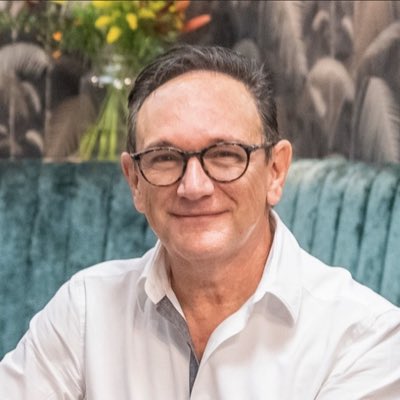
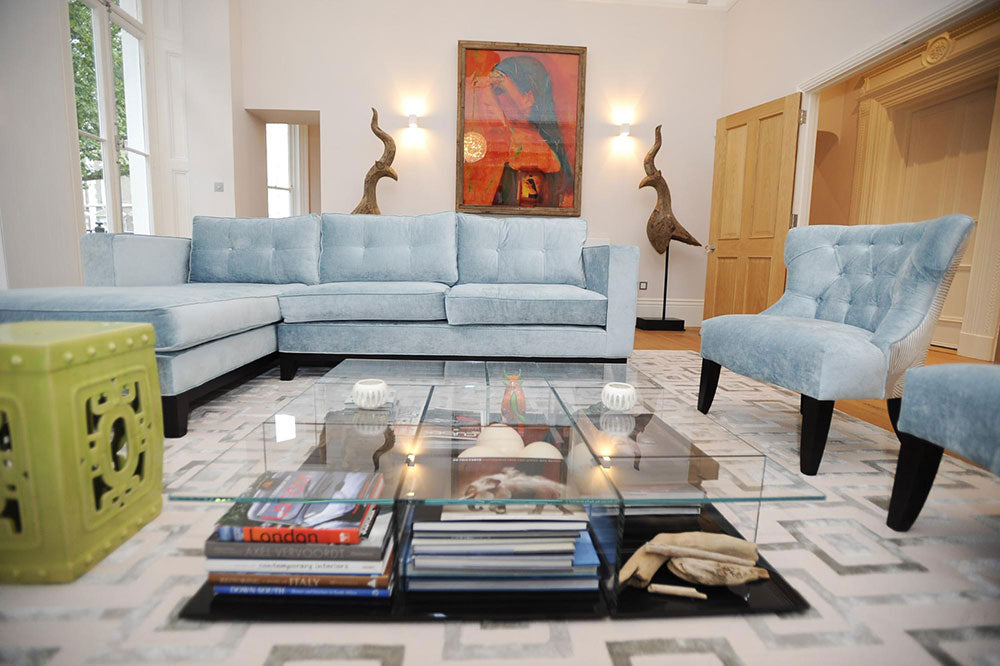
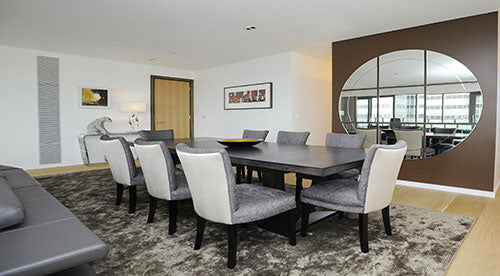
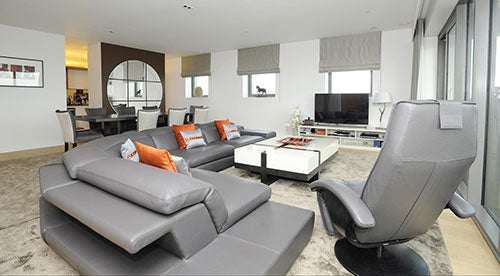
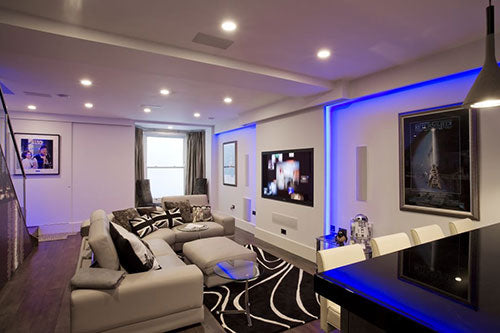
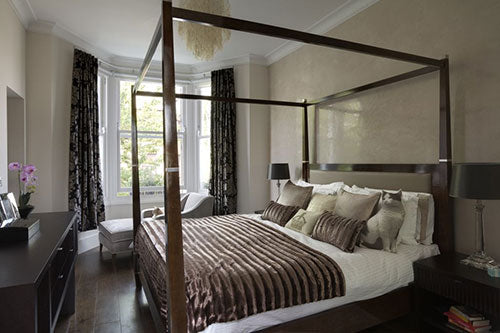

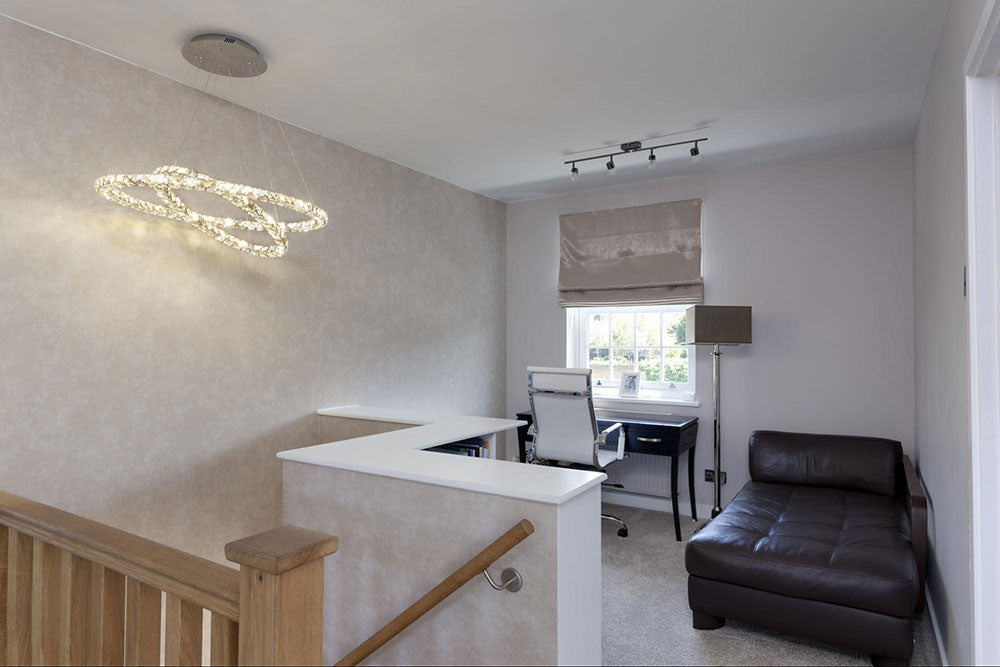
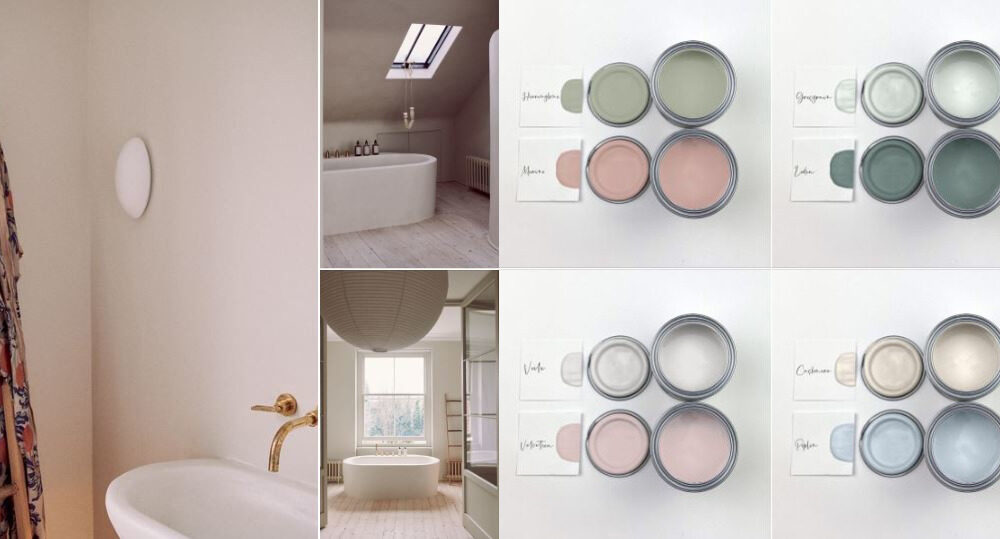
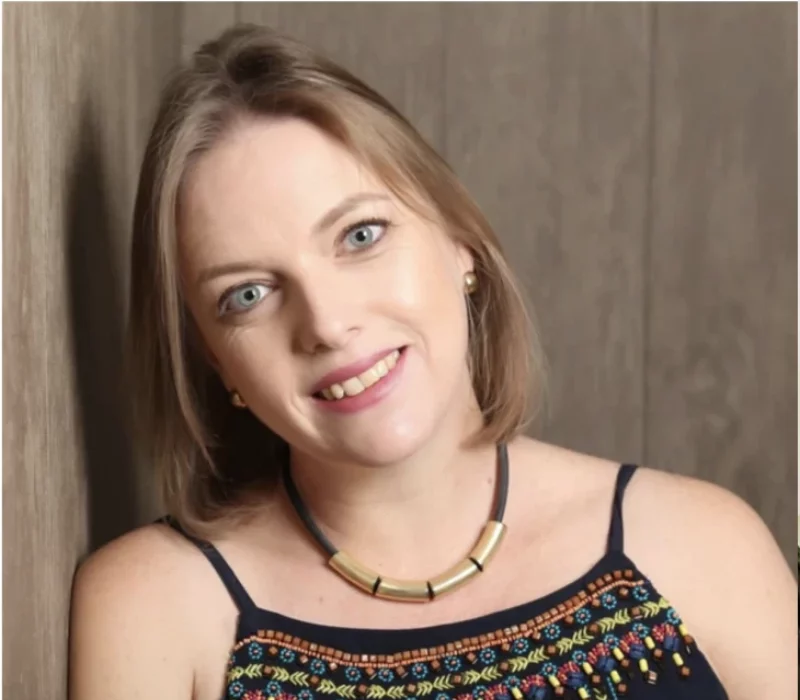
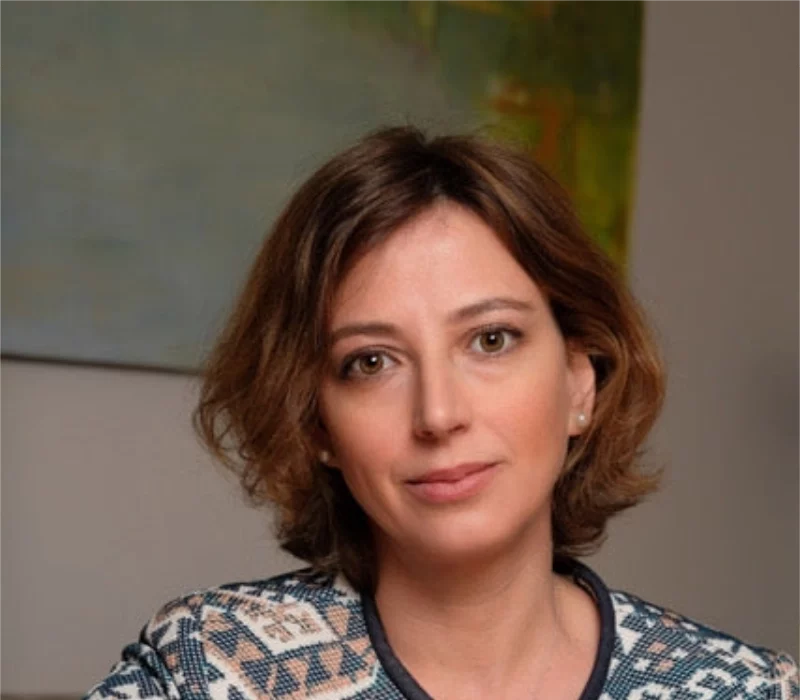
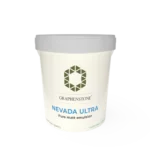

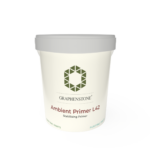
This Post Has 0 Comments